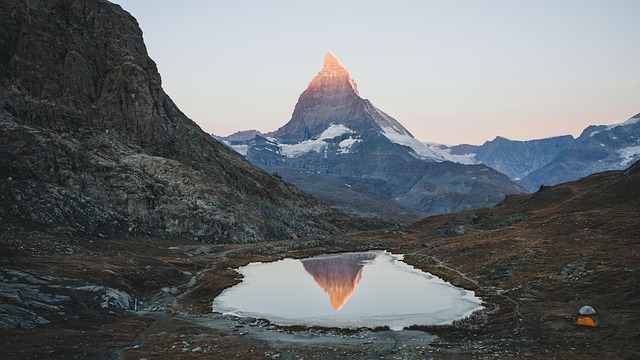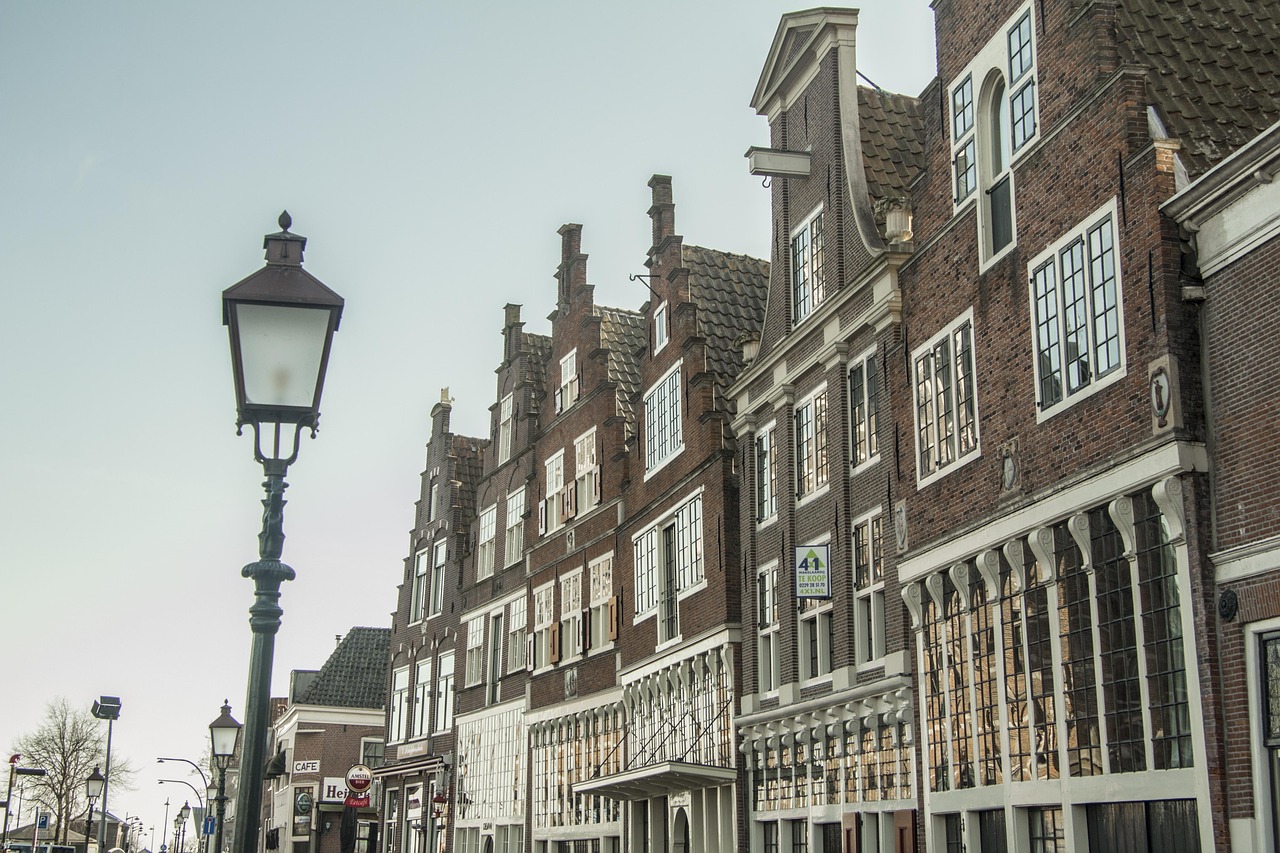Weather and Climate in Switzerland: What to Expect Year-Round

Switzerland’s weather and climate are as diverse as its landscapes, offering a unique experience in every season. From snow-capped Alps to sun-drenched lakeshores, the country’s varied geography creates distinct microclimates that can change dramatically from region to region. Whether you’re planning a winter ski trip, a summer hike, or a city break, understanding Switzerland’s weather patterns will help you make the most of your visit. In this guide, we’ll explore what to expect from Switzerland’s climate year-round and provide tips for packing and planning.
Overview of Switzerland’s Climate
Switzerland has a temperate climate, but its weather is heavily influenced by the Alps, which act as a barrier between different climatic zones. The country can be divided into three main regions:
- The Alps: High-altitude areas with cold winters, heavy snowfall, and cool summers.
- The Plateau (Mittelland): The central lowland region with four distinct seasons, including warm summers and cold winters.
- The Jura Mountains and Southern Switzerland (Ticino): The Jura has a cooler climate, while Ticino, in the south, enjoys a Mediterranean-like climate with mild winters and warm summers.
Seasonal Weather in Switzerland
1. Spring (March to May)
- Weather: Spring is a transitional season, with temperatures gradually warming up. In the Plateau, temperatures range from 5°C to 15°C (41°F to 59°F). The Alps may still have snow at higher elevations, while lower areas begin to bloom.
- What to Expect: Rain is common, especially in April, but sunny days become more frequent as spring progresses. This is a great time for hiking in lower-altitude areas and exploring cities without the summer crowds.
- Packing Tips: Bring layers, a waterproof jacket, and sturdy shoes for muddy trails.
2. Summer (June to August)
- Weather: Summers are warm and pleasant, with temperatures ranging from 18°C to 30°C (64°F to 86°F) in the Plateau. In the Alps, temperatures are cooler, especially at higher altitudes. Ticino can be hot and humid, with temperatures reaching up to 35°C (95°F).
- What to Expect: This is the peak tourist season, with long sunny days perfect for hiking, swimming, and outdoor activities. Afternoon thunderstorms are common in the mountains.
- Packing Tips: Pack lightweight clothing, sunscreen, a hat, and a rain jacket for sudden showers.
3. Autumn (September to November)
- Weather: Autumn is mild and colorful, with temperatures ranging from 5°C to 20°C (41°F to 68°F). The Plateau experiences crisp, sunny days, while the Alps see cooler temperatures and early snowfall at higher elevations.
- What to Expect: This is a quieter season, ideal for hiking, wine tours, and enjoying the fall foliage. Rain becomes more frequent in November.
- Packing Tips: Bring layers, a warm jacket, and waterproof footwear.
4. Winter (December to February)
- Weather: Winters are cold, with temperatures ranging from -2°C to 7°C (28°F to 45°F) in the Plateau. In the Alps, temperatures can drop well below freezing, and heavy snowfall is common. Ticino has milder winters, with occasional snow.
- What to Expect: This is the season for skiing, snowboarding, and other winter sports. Cities are festive, with Christmas markets and cozy atmospheres.
- Packing Tips: Pack warm clothing, including thermal layers, a heavy coat, gloves, a scarf, and waterproof boots.
Regional Climate Variations
1. The Alps
- Climate: Cold winters with heavy snowfall and cool summers. Weather can change rapidly, with snow possible even in summer at high altitudes.
- Activities: Skiing, snowboarding, and winter sports in winter; hiking and mountaineering in summer.
2. The Plateau (Mittelland)
- Climate: Four distinct seasons, with warm summers and cold winters. This region includes cities like Zurich, Geneva, and Bern.
- Activities: City tours, lake activities, and hiking in summer; Christmas markets and winter walks in winter.
3. Ticino (Southern Switzerland)
- Climate: Mediterranean-like, with mild winters and warm, humid summers. Snow is rare in low-lying areas.
- Activities: Lakeside relaxation, hiking, and exploring Italian-inspired culture year-round.
4. The Jura Mountains
- Climate: Cooler than the Plateau, with more precipitation and snow in winter.
- Activities: Cross-country skiing and hiking.
Tips for Traveling in Switzerland’s Climate
- Check the Forecast: Weather in Switzerland can vary significantly by region and altitude. Always check the forecast for your specific destination.
- Pack Layers: Swiss weather can change quickly, so dressing in layers is key to staying comfortable.
- Be Prepared for Rain: Rain is common year-round, especially in spring and summer. Always carry a waterproof jacket or umbrella.
- Sun Protection: The sun can be intense, especially in the mountains. Bring sunscreen, sunglasses, and a hat.
- Winter Gear: If you’re visiting in winter, invest in quality winter clothing and footwear to stay warm and dry.




